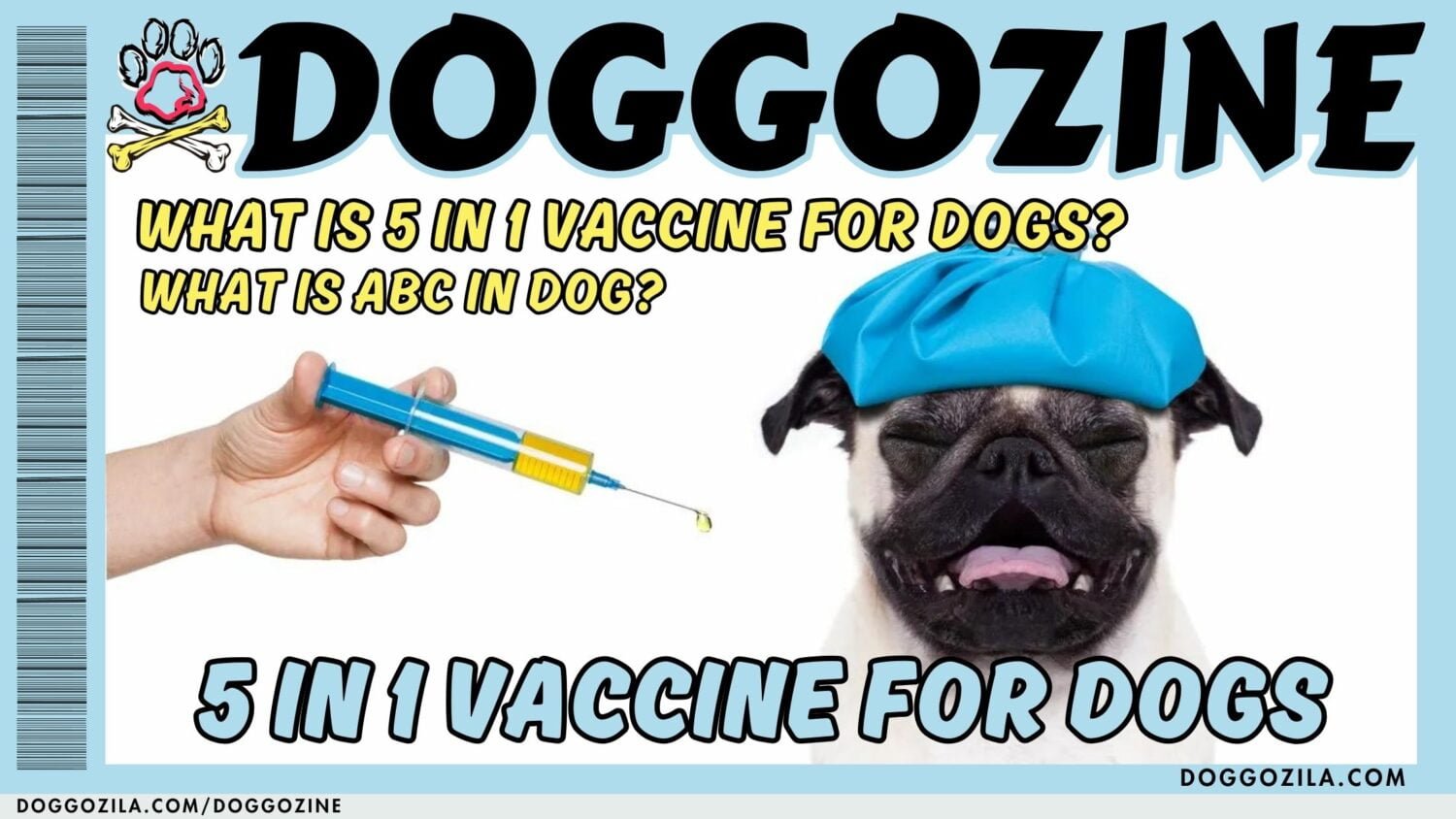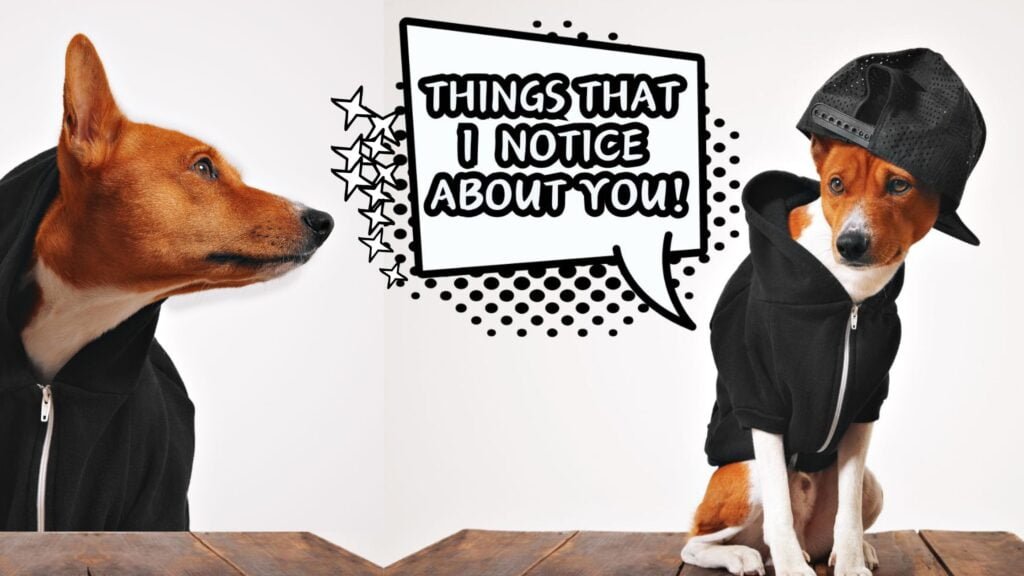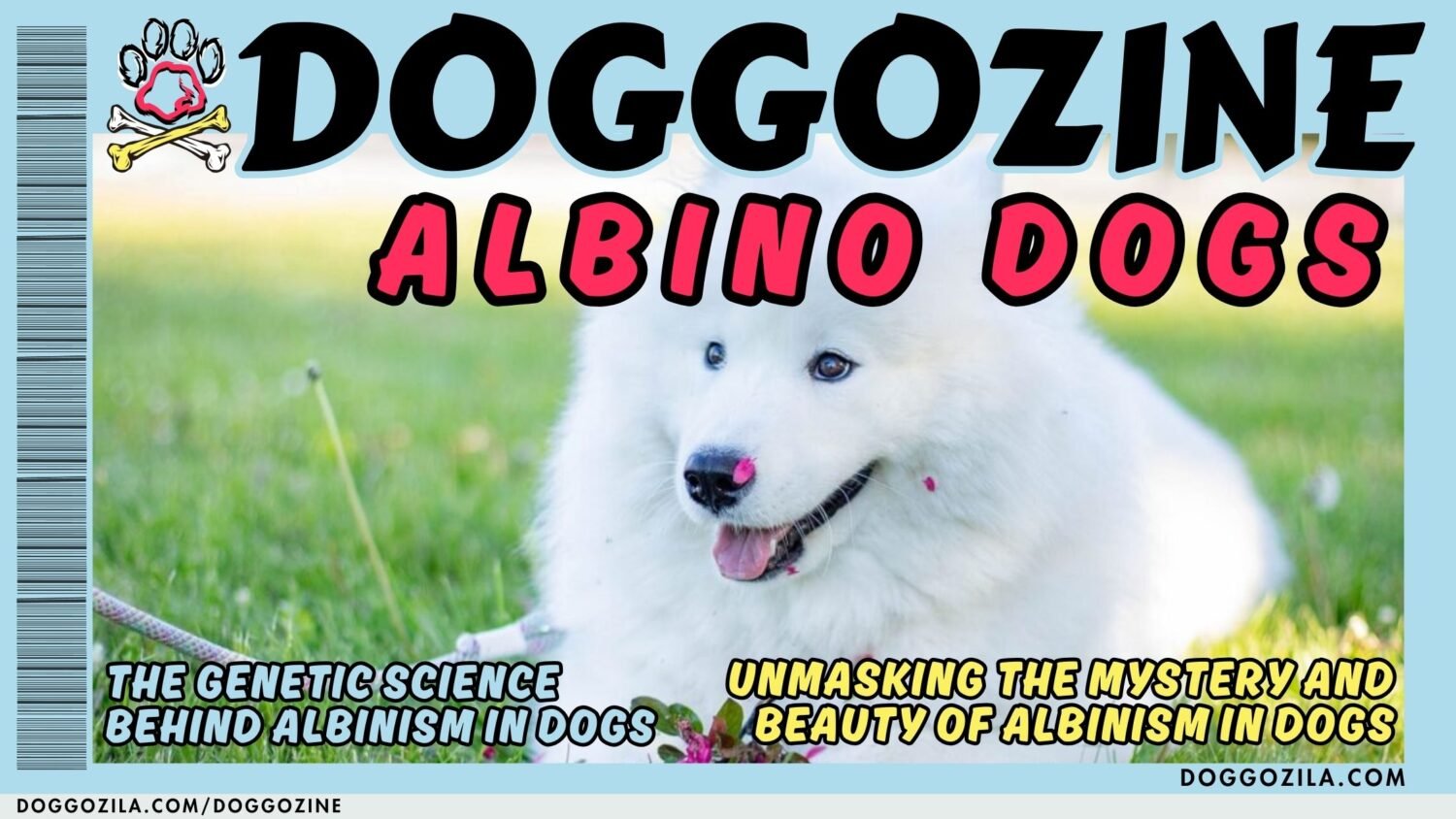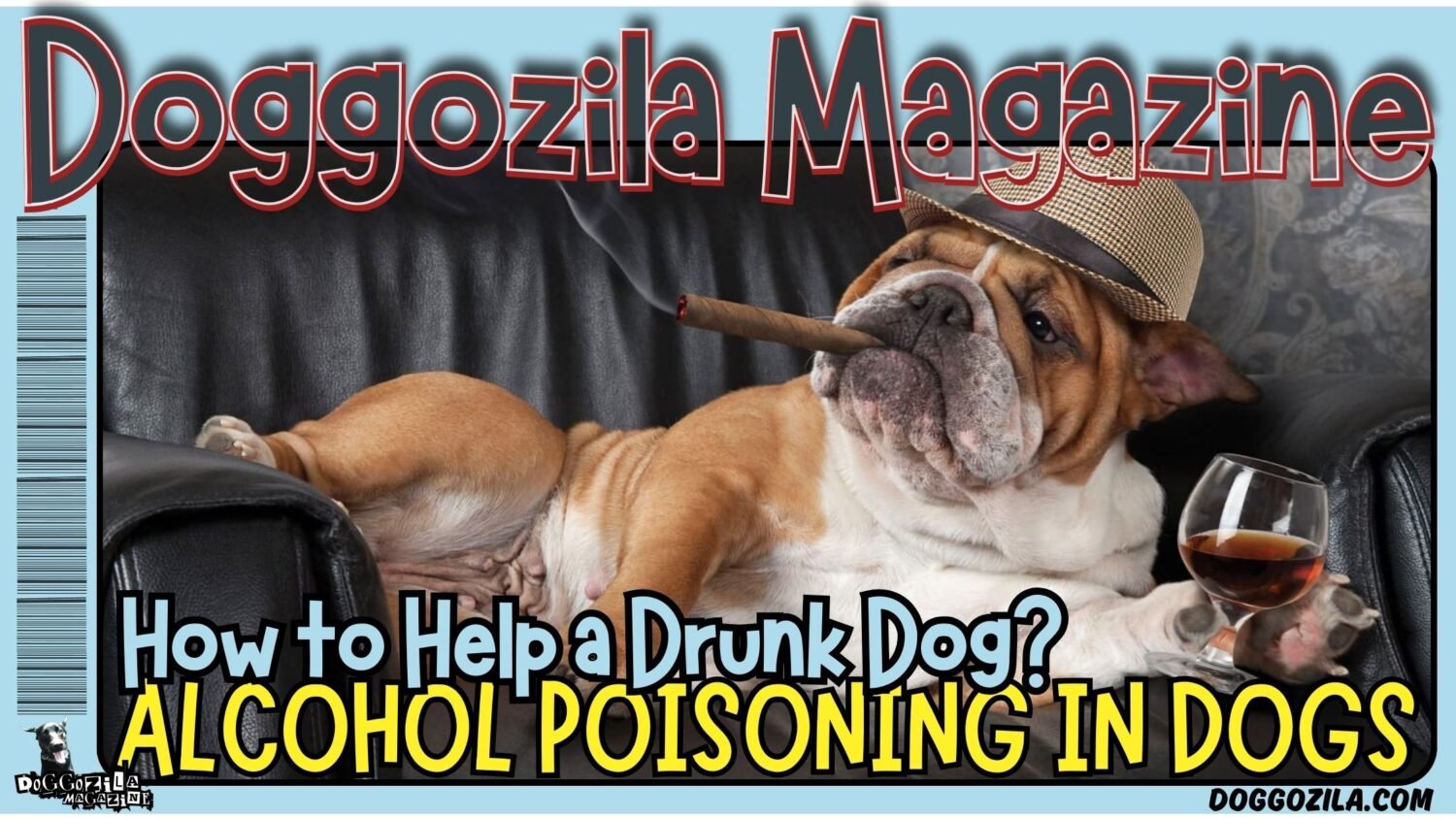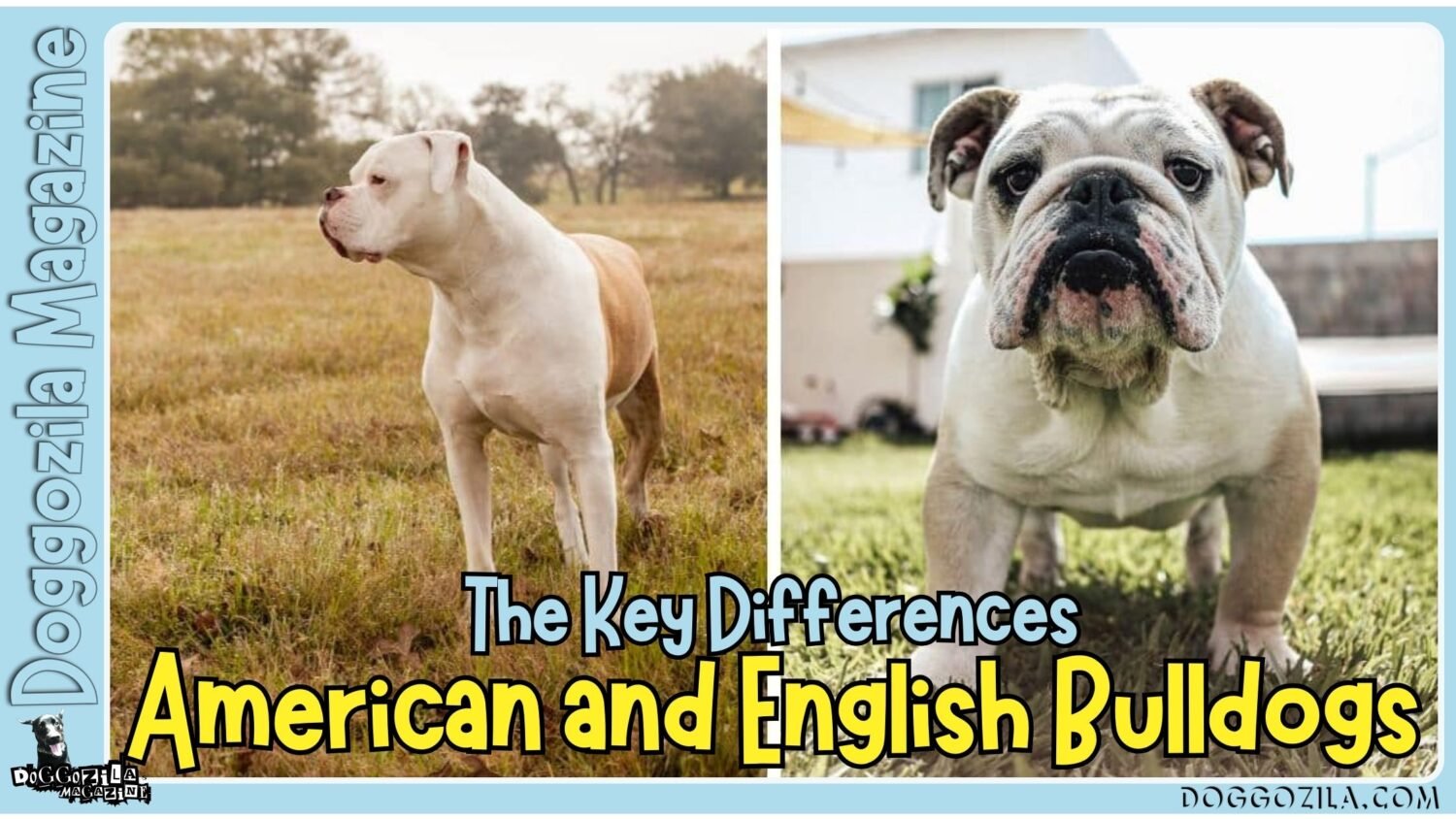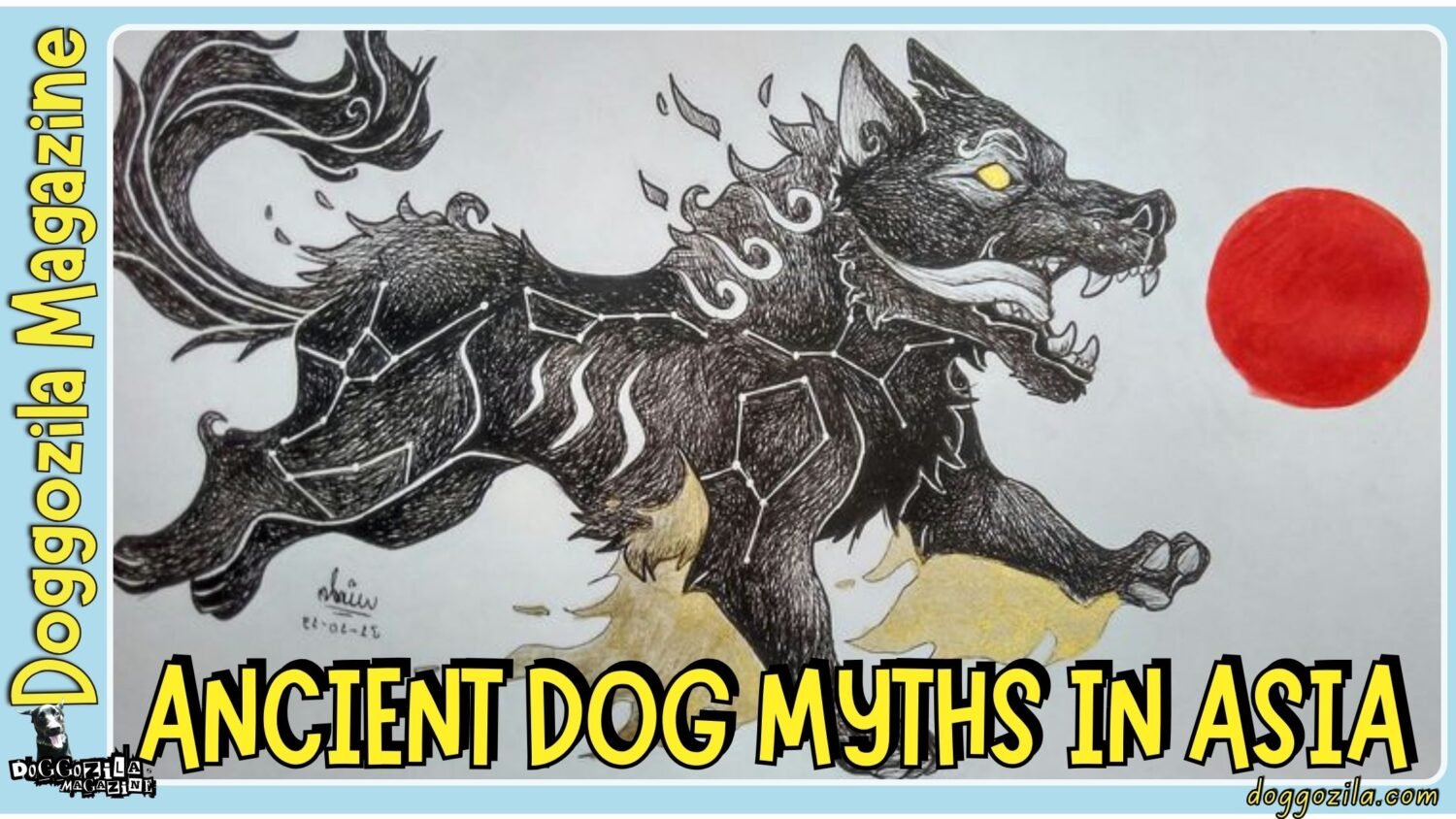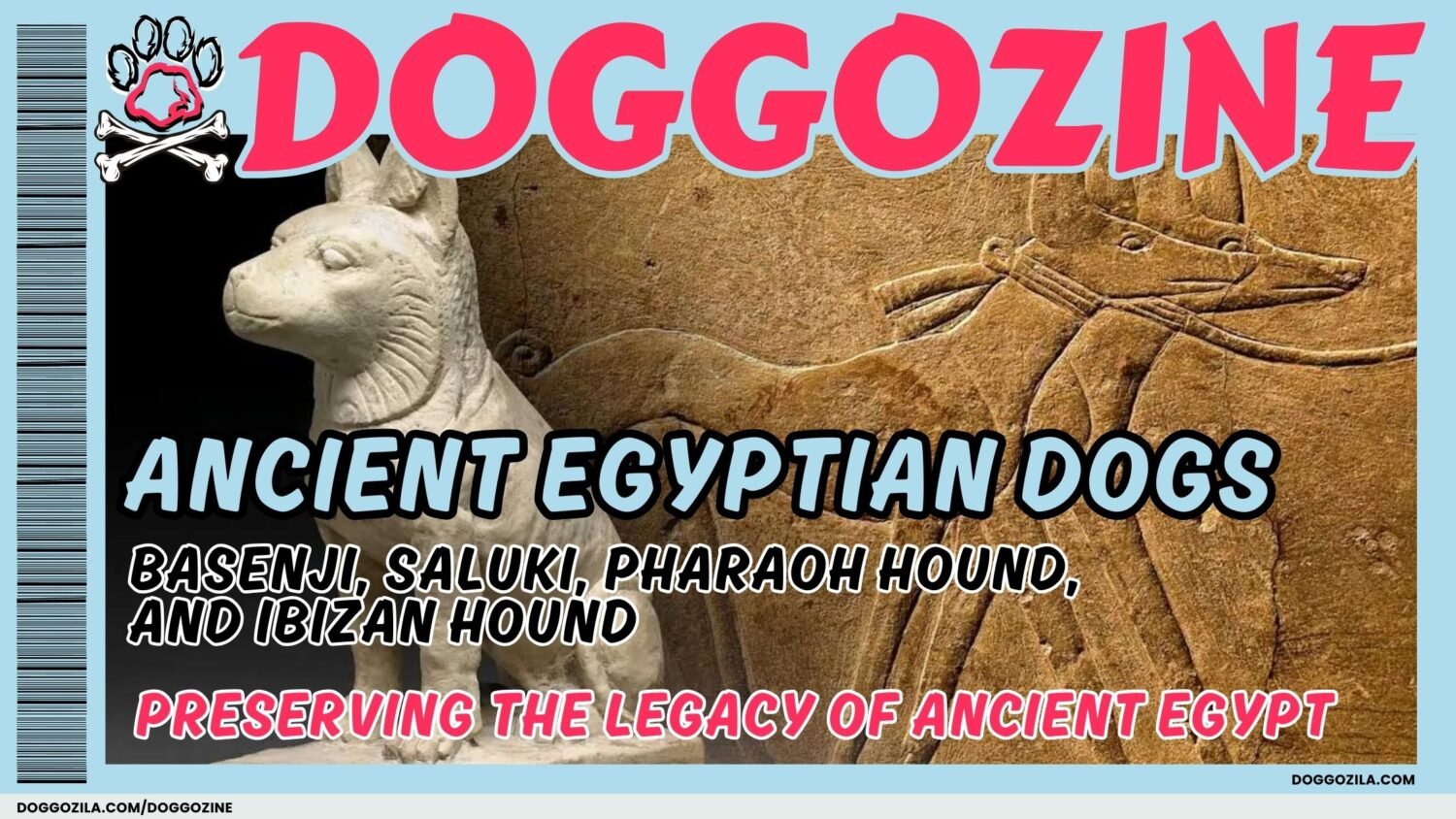In the modern era of advanced technology and scientific advancements, it may seem unlikely for dog breeds to go extinct. With the advent of dog cloning and various preservation methods, one might assume that the risk of extinction has been eliminated. Check our take on preventing dog extinction!
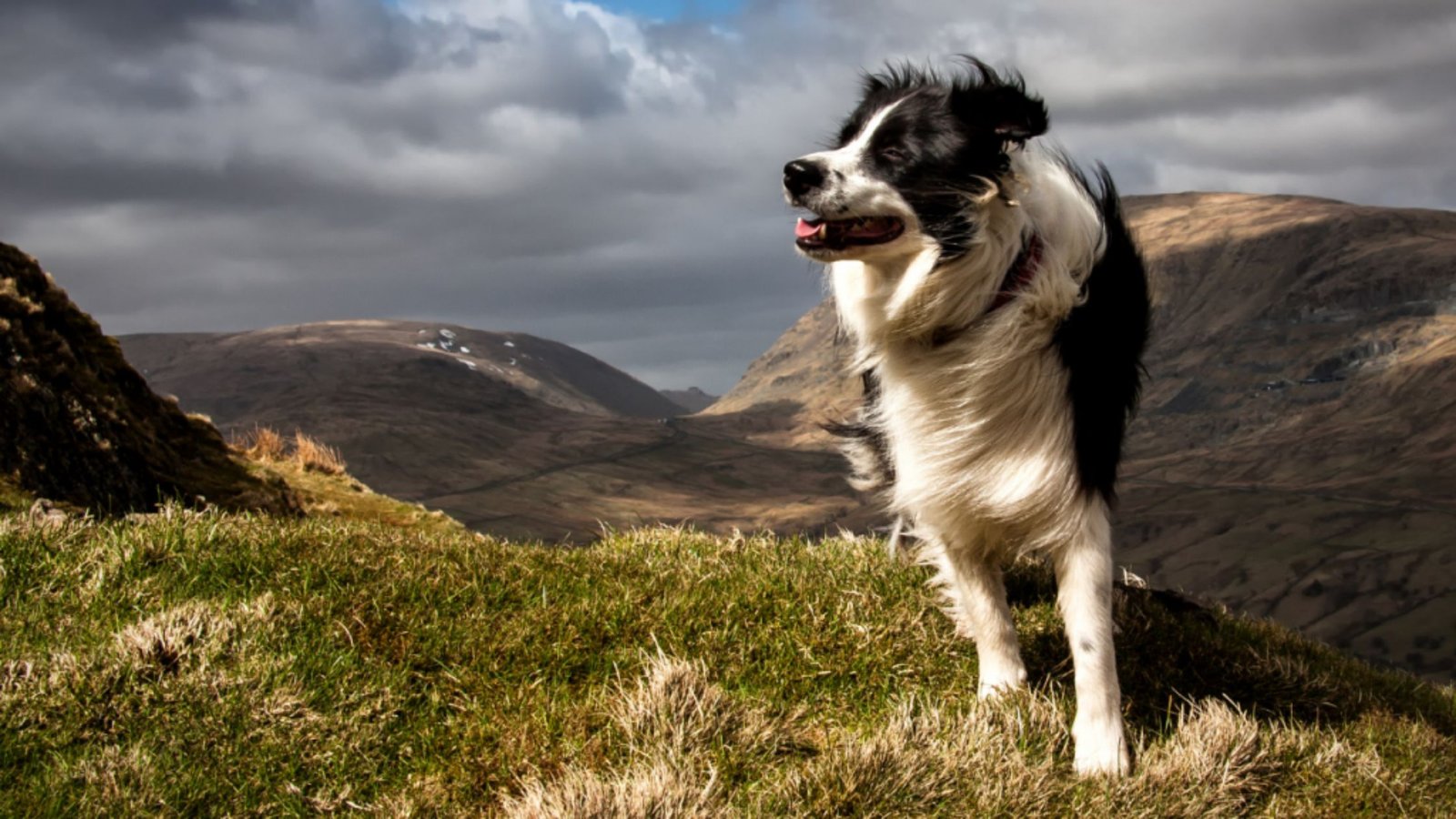
THE POSSIBILITY OF DOG BREEDS GOING THROUGH EXTINCTION IN THE MODERN ERA
However, there are several factors that can still contribute to the disappearance of certain dog breeds. This article will explore why and how some dog breeds could go extinct, despite the advancements we have made.
Lack of Preservation Efforts
While dog cloning and other preservation methods exist, these techniques are not widely accessible or affordable for all breeders. Additionally, the focus of preservation efforts is often on endangered species rather than specific dog breeds. Without dedicated preservation efforts, some breeds may not receive the necessary attention and resources to prevent their extinction.
Declining Popularity
The popularity of dog breeds can fluctuate over time. Certain breeds may experience a surge in popularity due to media exposure or celebrity endorsements, while others may decline in popularity for various reasons. When a breed becomes less popular, breeders may reduce their breeding programs, leading to a smaller gene pool and an increased risk of extinction.
Furthermore, declining popularity can also result in a decreased demand for specific breeds. This can lead to a decrease in responsible breeding practices and an increase in unethical breeding, which can negatively impact the health and genetic diversity of the breed.
Genetic Health Issues Can Cause Dog Extinction
Some dog breeds are prone to genetic health issues, which can significantly impact their population. Breeds with a high prevalence of certain genetic disorders may face challenges in maintaining a healthy breeding population. If the genetic health issues become too severe, breeders may choose to discontinue breeding efforts, ultimately leading to the breed’s extinction.
Changing Environmental Factors
The environment plays a crucial role in the survival and adaptation of dog breeds. Changes in climate, habitat, and human activities can all impact the viability of certain breeds. For example, breeds that were originally developed for specific tasks or environments may struggle to adapt to changing conditions. If the breed is no longer suited to its original purpose or environment, it may face a decline in numbers and eventual extinction.
Lack of Breed Recognition
The recognition of a breed by kennel clubs and breed associations is essential for its preservation. Without official recognition, a breed may struggle to maintain its identity and attract dedicated breeders. Lack of recognition can also result in a lack of breed-specific standards and guidelines, which can further contribute to the breed’s decline.
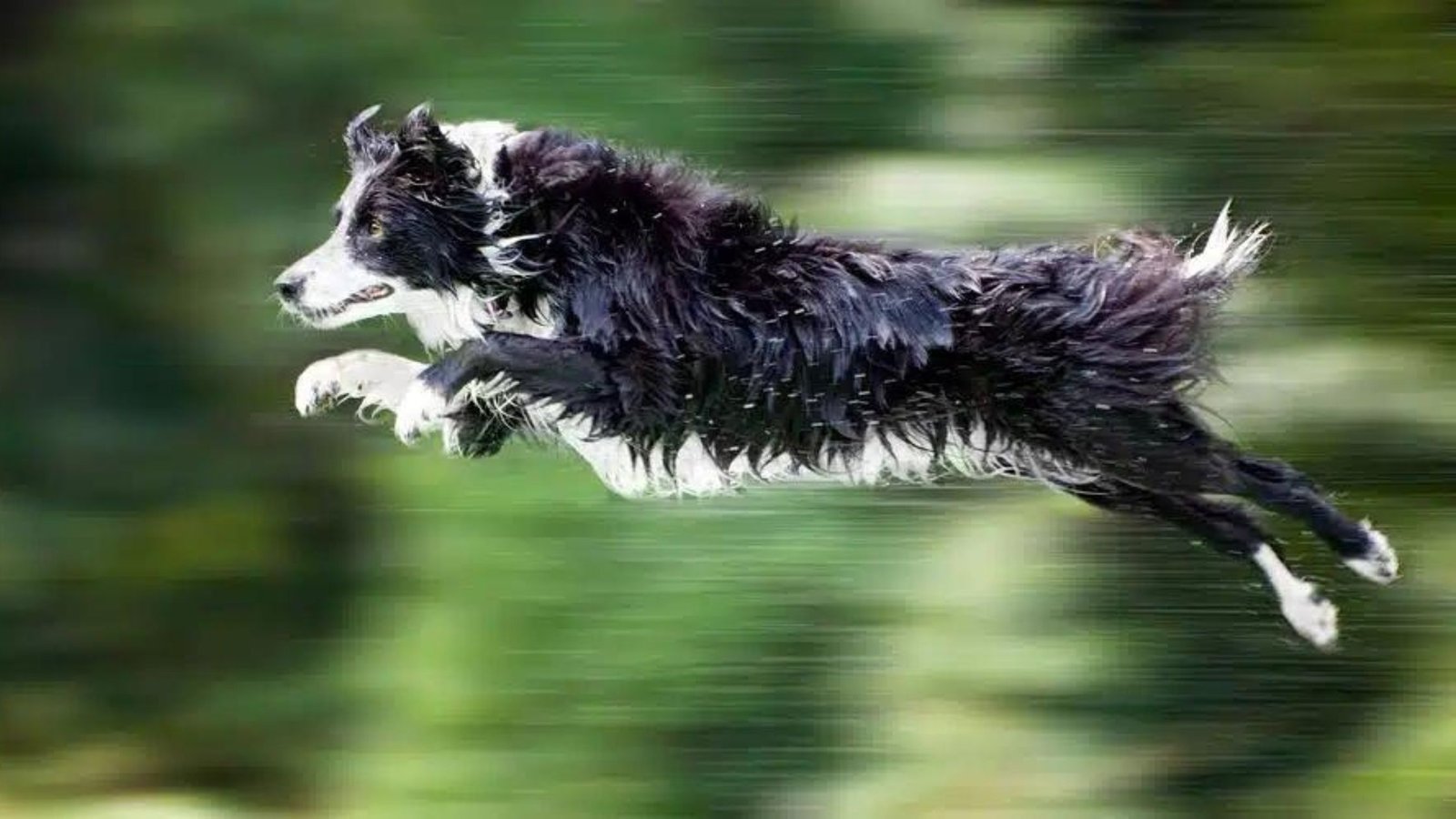
VULNERABLE DOG BREEDS FACING EXTINCTION
Throughout history, dogs have been our loyal companions, working alongside us in variouscapacities. Unfortunately, some dog breeds are now at a high risk of extinction.Without the dedicated efforts of preservationists, these beloved breeds may have disappeared entirely. Let’s explore some of the most vulnerable dog breeds facing extinction today.
Otterhound and Dandie Dinmont Terrier
The Otterhound has a shaggy coat and webbed feet. It was bred to hunt otters. But hunting methods changed, and otter numbers dropped. So the Otterhound is now in danger of going extinct. People are trying hard to keep this unique breed alive.
The Dandie Dinmont Terrier got its name from a book character. It’s a small, friendly dog. But there aren’t many left, making it vulnerable. Groups work to save the breed’s looks and personality.
Skye Terrier and Norwegian Lundehund
The Skye Terrier has a long, flowing coat. It’s loyal but facing extinction. Kings and queens loved this breed once. But its numbers fell over time. People now protect the Skye Terrier’s legacy.
The Norwegian Lundehund, or Puffin Dog, has unique traits. Only a few hundred remain, making it critically endangered. Efforts focus on keeping the breed’s diversity and survival.
Glen of Imaal Terrier and Curly-coated Retriever
The Glen of Imaal Terrier comes from Ireland. It’s small and tough, with a friendly nature. But its numbers dropped, risking extinction. Groups actively protect and promote this breed’s special qualities.
The Curly-Coated Retriever has a special curly coat. It is great at retrieving things. But this breed is at high risk of going extinct. People are trying to make more people aware of this breed and helping them breed in a good way. This will ensure the breed survives and does not disappear.
Dandie Dinmont Terrier and Sussex Spaniel
The Dandie Dinmont Terrier is a small, friendly breed. It was named after a character in a book by Sir Walter Scott. There are very few of this breed left now. It is considered vulnerable. Groups are working hard to protect the breed’s looks and lovable nature.
The Sussex Spaniel has a golden liver colored coat. It is known for being gentle. It is one of the rarest dog breeds in the world. There are very few Sussex Spaniels left. People are trying to protect its unique traits so it does not go extinct.
What to do to prevent more extinction of dog breeds?
It is important to preserve endangered dog breeds. This helps keep our dog heritage alive. Groups that work to save breeds are vital. They ensure vulnerable breeds do not disappear. By spreading awareness, breeding dogs responsibly, and supporting conservation, we can save unique dog breeds for future generations.
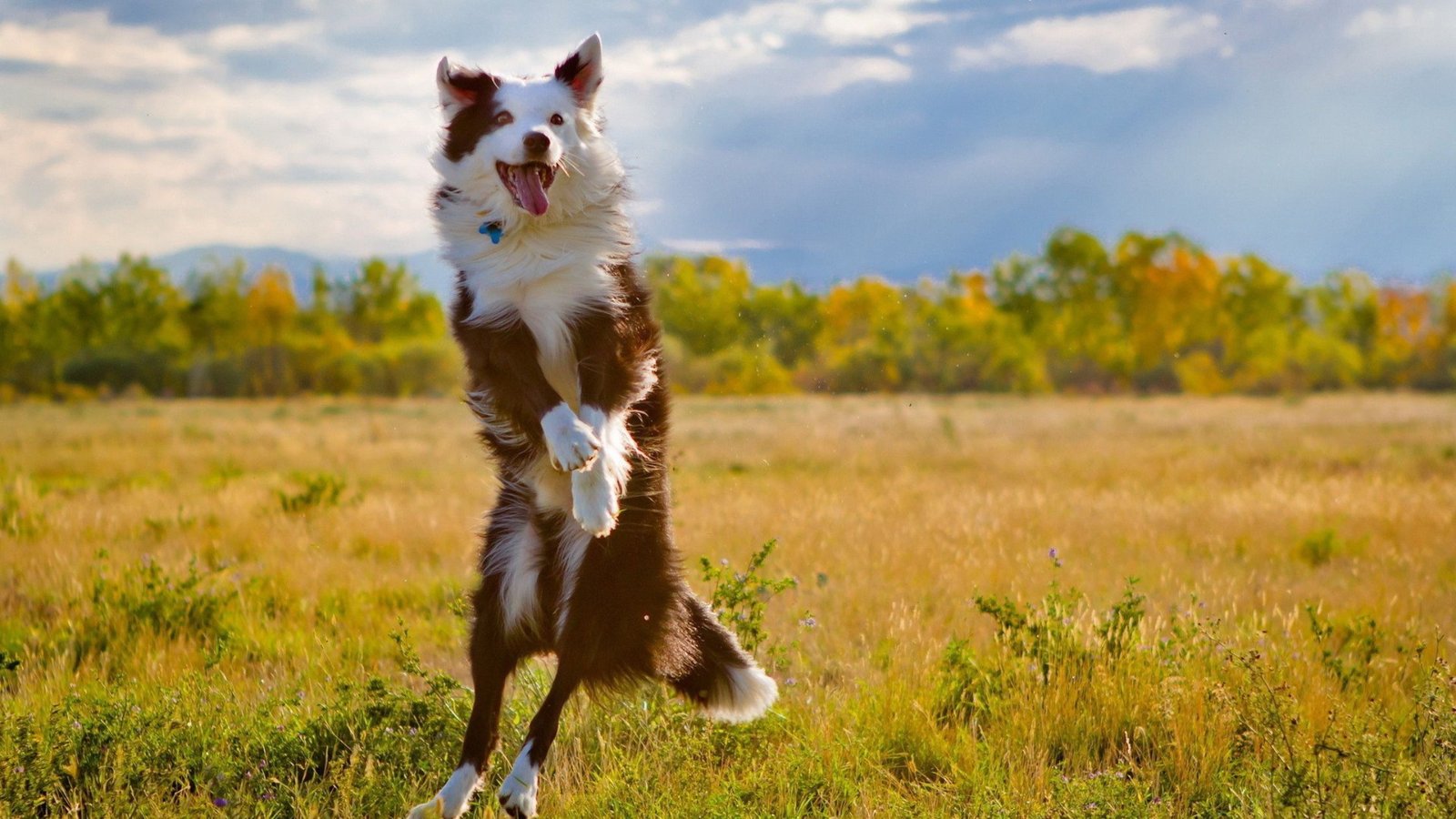
EXTINCT DOG BREEDS: A LOOK AT THE BREEDS THAT HAVE DISAPPEARED AND THEIR REASONS FOR EXTINCTION
Dogs have been our loyal companions for thousands of years, evolving alongside humans and becoming an integral part of our lives. Over time, however, some dog breeds have sadly gone extinct. This headline explores the dog breeds that have disappeared from existence, delving into the reasons behind their extinction.
Talbot and Molossus
The Talbot is considered one of the earliest extinct dog breeds. This large, white scent hound was widely used for hunting in medieval Europe. While the exact timeline of its extinction remains uncertain, the Talbot is believed to have disappeared around the 16th century. The breed’s extinction can be attributed to a combination of factors, including changes in hunting practices, the development of new breeds, and a decline in its popularity.
The Molossus was a powerful and robust dog breed that originated in ancient Greece. Known for its strength and size, the Molossus was used for various purposes, including guarding, warfare, and hunting. Unfortunately, the breed became extinct during the Roman Empire era. The exact reasons for its extinction are unclear, but it is believed that the decline of the Roman Empire and the subsequent changes in society played a significant role in the disappearance of this breed.
Cordoba Fighting Dog and English White Terrier
The Cordoba Fighting Dog, also known as the Fighting Dog of Cordoba, was a breed primarily used for dogfighting in Argentina. Developed in the late 19th century, this breed was known for its strength, agility, and tenacity. However, due to the banning of dogfighting and the increasing awareness of animal cruelty, the Cordoba Fighting Dog faced a decline in popularity. The breed eventually became extinct in the mid-20th century.
The English White Terrier was a small to medium-sized dog breed with a distinctive white coat. It was bred for hunting vermin and small animals. This breed was popular in the 1800s. However, it had health issues and genetic disorders. As other terrier breeds became more popular, the English White Terrier’s popularity declined. By the early 1900s, it had completely disappeared.
Salish Wool Dog and Moscow Water Dog
The Salish Wool Dog, also called the Coast Salish Wool Dog, was a small breed from the Pacific Northwest region of North America. This breed was specifically bred for its wool, which was used by indigenous peoples for weaving. However, when European settlers arrived, the demand for wool from other sources increased. This led to a decline in breeding Salish Wool Dogs. By the mid-1800s, the breed had gone extinct.
The Moscow Water Dog, also known as the Moscow Diver, was a large breed developed in the Soviet Union during the mid-1900s. It was bred for water rescue and retrieval tasks. This breed was known for its swimming abilities and strength. However, the Moscow Water Dog had temperament and health issues. Additionally, its specialized role limited its popularity, leading to its eventual extinction by the late 1980s.
Alpine Mastiff and Hare Indian Dog
The Alpine Mastiff, also called the St. Bernard’s Mastiff, was a large breed that originated in the Swiss Alps. This powerful and robust dog was primarily used for guarding and herding livestock. However, with changes in farming practices and the decline in the need for working dogs, the Alpine Mastiff’s population declined. By the early 1800s, the breed had vanished, eventually giving rise to the modern-day St. Bernard breed.
The Hare Indian Dog was a small to medium-sized dog breed. It lived in North America. The Hare Indians used this dog for hunting and pulling things. However, when Europeans came, they brought new dogs. The Hare Indian Dog could not compete with these dogs. By the early 1900s, this breed went extinct.
Dog Breeds that will be remembered
When a dog breed goes extinct, it shows how humans and animals have changed over time. Many things caused breeds to disappear. Some reasons are changing needs, breeds going out of style, health problems, and new breeds.
Even though these extinct breeds are gone, we can still learn about them from history books, art, and other dog breeds. We must appreciate all the dog breeds we have today. We must also breed dogs properly and protect breeds to stop more from going extinct.
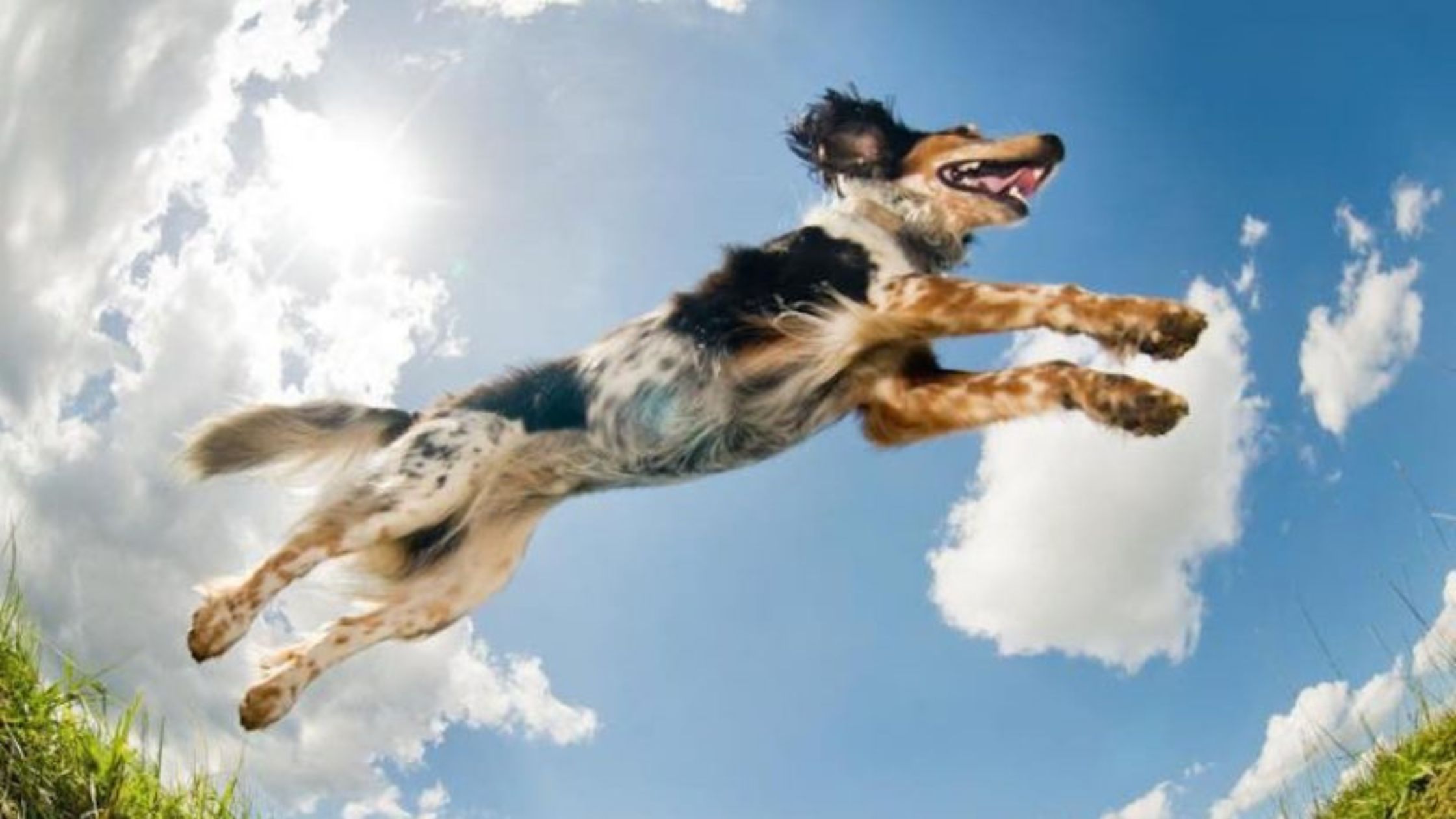
PRESERVING RARE DOG BREEDS: PREVENTING EXTINCTION IN THE MODERN ERA
Today, it is very important to protect rare dog breeds. Their numbers are dropping fast. We must take action to stop them from going extinct. After this headline, we will talk about steps we can take to preserve these special breeds.
Why We Need to Protect Unique Dog Breeds?
Rare dog breeds aren’t just part of our history. They also have special traits that make them important. Protecting these breeds keeps the variety in dogs’ genes. This variety is key to keeping dogs healthy overall. Plus, rare breeds often have special skills that can help in jobs like working dogs, therapy dogs, or search and rescue dogs.
THREATS OF EXTINCTION FACING RARE DOG BREEDS
To protect rare breeds, we first need to know the threats they face. Discover some of the main reasons why these breeds are declining and face the threat of extinction!
Not Enough Awareness
Many people don’t know about the existence and value of rare dog breeds. Without this knowledge, people often choose more popular breeds instead.
Small Numbers
Rare breeds have tiny populations. This makes them prone to genetic issues and diseases. Inbreeding is a major worry. It can harm the breed’s overall health and gene diversity.
Changing Trends
As people’s preferences for certain breeds change, rare ones can fall out of favor. When demand drops, there are fewer breeding programs. This causes these breeds to decline further.
Lack of Breed-Specific Expertise
Preserving rare dog breeds requires specialized knowledge and expertise. Without individuals dedicated to breeding and promoting these breeds, their numbers can dwindle rapidly.
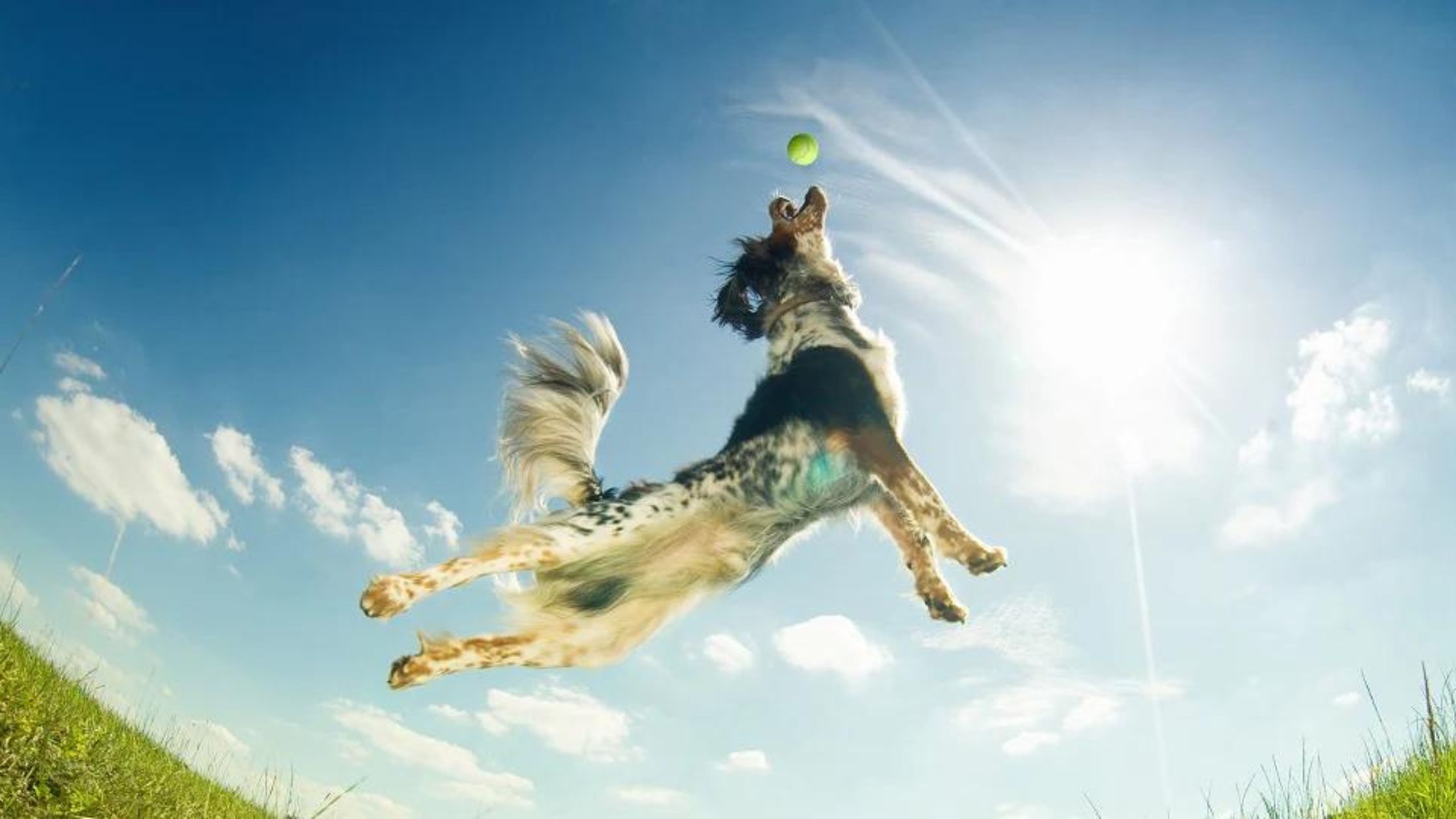
STEPS TO PRESERVE RARE DOG BREEDS AND PREVENT EXTINCTION
Preserving rare dog breeds requires a collective effort from breeders, enthusiasts, and the general public. Discover some essential steps that can be taken to prevent the extinction of these dog breeds!
Education and Awareness
Increasing awareness about rare dog breeds is crucial. Educating the public through various channels, such as social media, websites, and public events, can help generate interest and support for these breeds. Highlighting their unique qualities, historical significance, and the importance of genetic diversity can create a greater appreciation for rare breeds.
Establishing and supporting breed-specific preservation programs is vital for the survival of rare dog breeds. These programs should focus on maintaining genetic diversity, preventing inbreeding, and promoting responsible breeding practices. Collaboration between breed clubs, kennel clubs, and breeders can help create a unified approach to preservation.
Encouraging Responsible Ownership with Supporting Research and Health Initiatives
Encouraging responsible ownership is essential for the long-term preservation of rare dog breeds. Promoting responsible breeding practices, providing education on breed-specific care requirements, and discouraging impulse buying or breeding can help ensure that these breeds are cared for properly.
Investing in research and health initiatives specific to rare dog breeds is crucial. Identifying and addressing genetic disorders, promoting health testing, and supporting veterinary research can significantly contribute to the overall well-being and longevity of these breeds.
Collaboration and Networking
Collaboration and networking among breeders, enthusiasts, and organizations dedicated to rare dog breeds are vital. Sharing knowledge, resources, and experiences can help overcome challenges and ensure the continued preservation of these breeds. Establishing mentorship programs and fostering a sense of community can also encourage new breeders to get involved.
Recognition and promotion of rare dog breeds in various platforms, such as dog shows, exhibitions, and media, can help raise their profile and generate interest. Highlighting their unique qualities, showcasing their abilities, and celebrating their contributions can help shift the public’s perception and increase demand for these breeds.
Final Thoughts on Preventing dog extinction
Preserving rare dog breeds is a responsibility that falls upon all of us. By increasing awareness, supporting preservation programs, encouraging responsible ownership, investing in research, and promoting collaboration, we can ensure that these unique breeds continue to thrive in the modern era. Let us appreciate and protect the diversity and beauty that rare dog breeds bring to our lives.
Modern times have brought us cool new ways to keep dog breeds going. But sadly, some breeds might still go away. This can happen if people don’t work hard to save them, if they’re not popular, if they have health issues, if the world around them changes, or if no one knows about them. It’s really important for breeders, dog-lovers, and groups to team up and make sure these special dogs stick around for a long, long time!
This topic could get kind of sad with all the facts. So let’s cheer things up and talk about the silly, goofy faces dogs make when no one is watching! It’ll remind us how much we love our furry pals and why we need to protect every breed out there.



